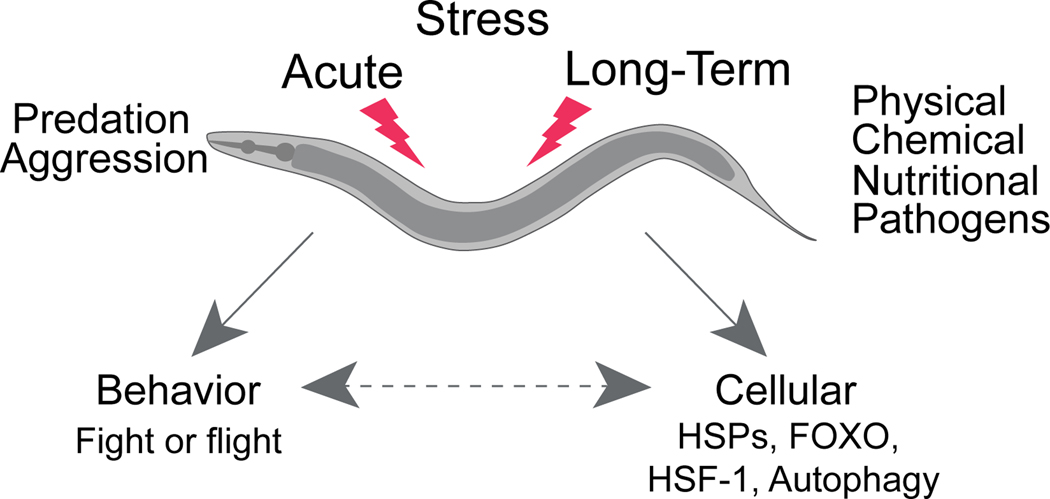Extended Data Figure 1. C. elegans faces different types of environmental stressors.
Like other animals C. elegans is exposed to different forms of stress in its environment that occur either abruptly (e.g. predation) or more progressively (food shortage, osmotic stress, oxidation, high or low environmental temperatures). Stress can induce behavioral and/or cellular responses. Stress response to environmental stressors such as heat, starvation and oxidative stress features a central role for the DAF-2/Insulin/IGF-1 signaling (IIS) pathway and the activation of DAF-16/FOXO, SKN-1/NRF and HSF-1 transcription factors. In response to acute challenges, such as touch C. elegans can engage in an escape-response where it rapidly moves away from a life-threatening stimulus.

